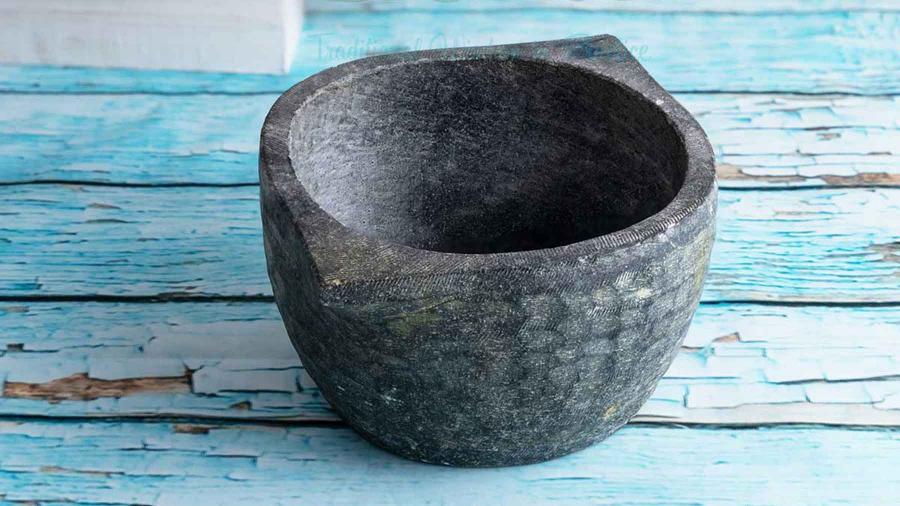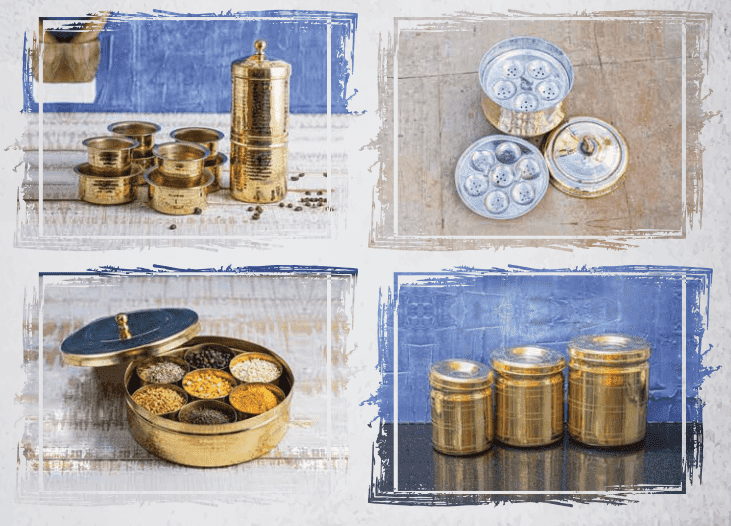Imagine a vessel that's been passed down through generations, crafting culinary magic in your family's kitchen. My grandmother's Kalchatti, older than me, has always intrigued me. I have ardently used my Kalchatti, following the Kalchatti guidebook we created, for over 2 years. However, when mine cracked recently, I was devastated. How do these vessels endure?
To unravel the mysteries, I turned to the wisdom of our elders and experts in using this unique cookware. The knowledge they shared transformed the way I cared for my Kalchatti, and I'm excited to share their insights with you.
My grandmother scolded me for my neglect, and her advice was gold:
Separate Storage: Store your Kalchatti separately to prevent heavy pots from causing internal cracks. A minor kitchen workflow tweak that ensures longevity.
Heat with Caution: Never heat an empty stone on the stove; always add liquid or oil first to avoid thermal shock, which can lead to cracks.
Prevent Direct Contact: For soapstone kuzhipaniyara pans or dosa tawas, add oil before heating to protect the stone from direct contact with cold items.
Seasoning Tip: Use your Kalchatti for gravy cooking for the first month to strengthen the stone and seal any remaining pores.
These tips helped me understand and care for my soapstone vessel better. The first month is crucial, whether you buy a seasoned one or not. Strengthen your stone with these tips, and it'll be ready for a lifetime of delicious adventures!
For more insights, don't miss our blog on How to Season and Maintain Kalchatti Soapstone Vessel!




2 comments
Saraswathi Srivathsan
There is a crack in my kalchatti.is there anyway I can repair ad use?
Akanksha
How safe it is to use kalchatti on glass cooktop?
Leave a comment
All comments are moderated before being published.
This site is protected by hCaptcha and the hCaptcha Privacy Policy and Terms of Service apply.